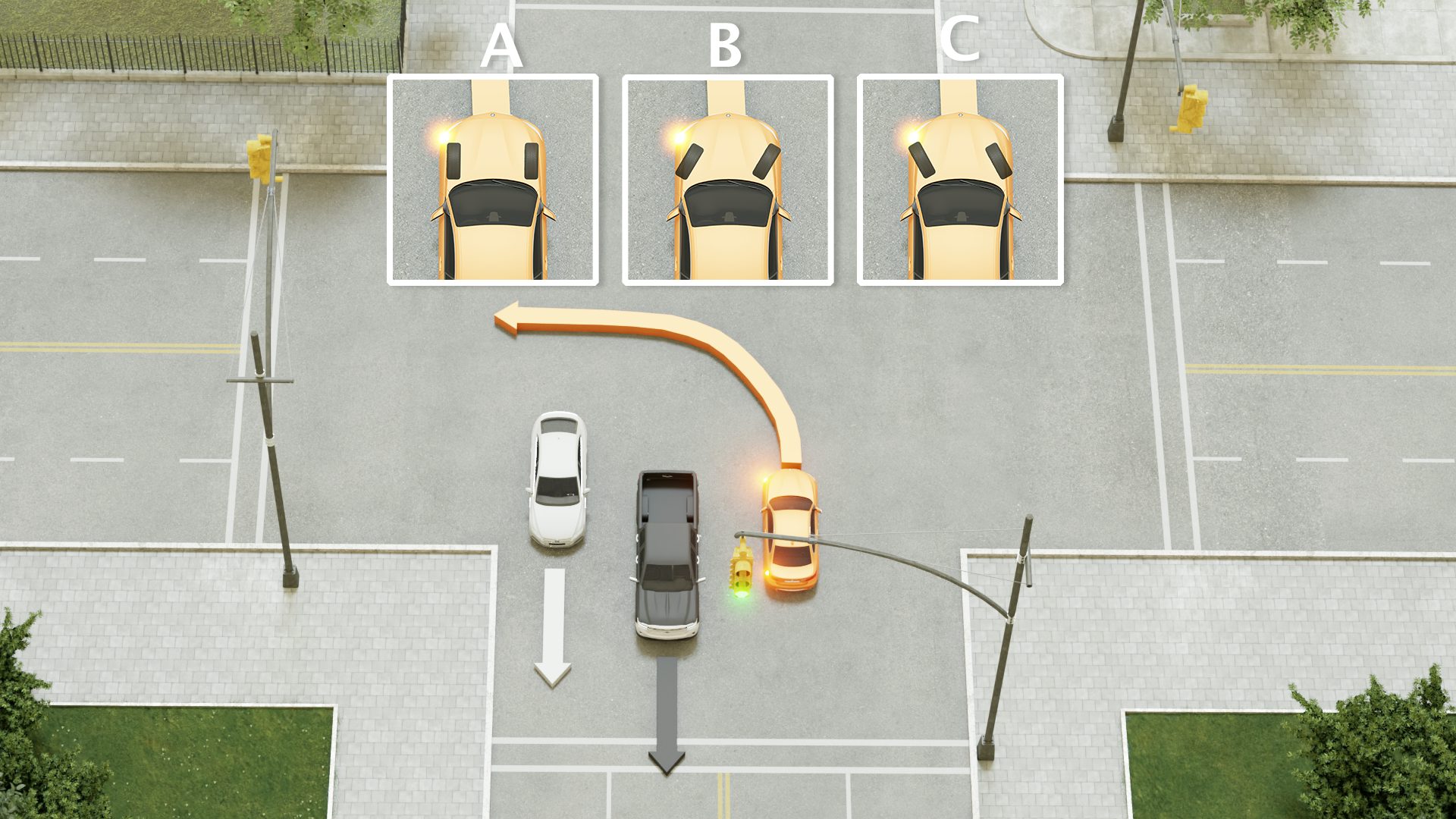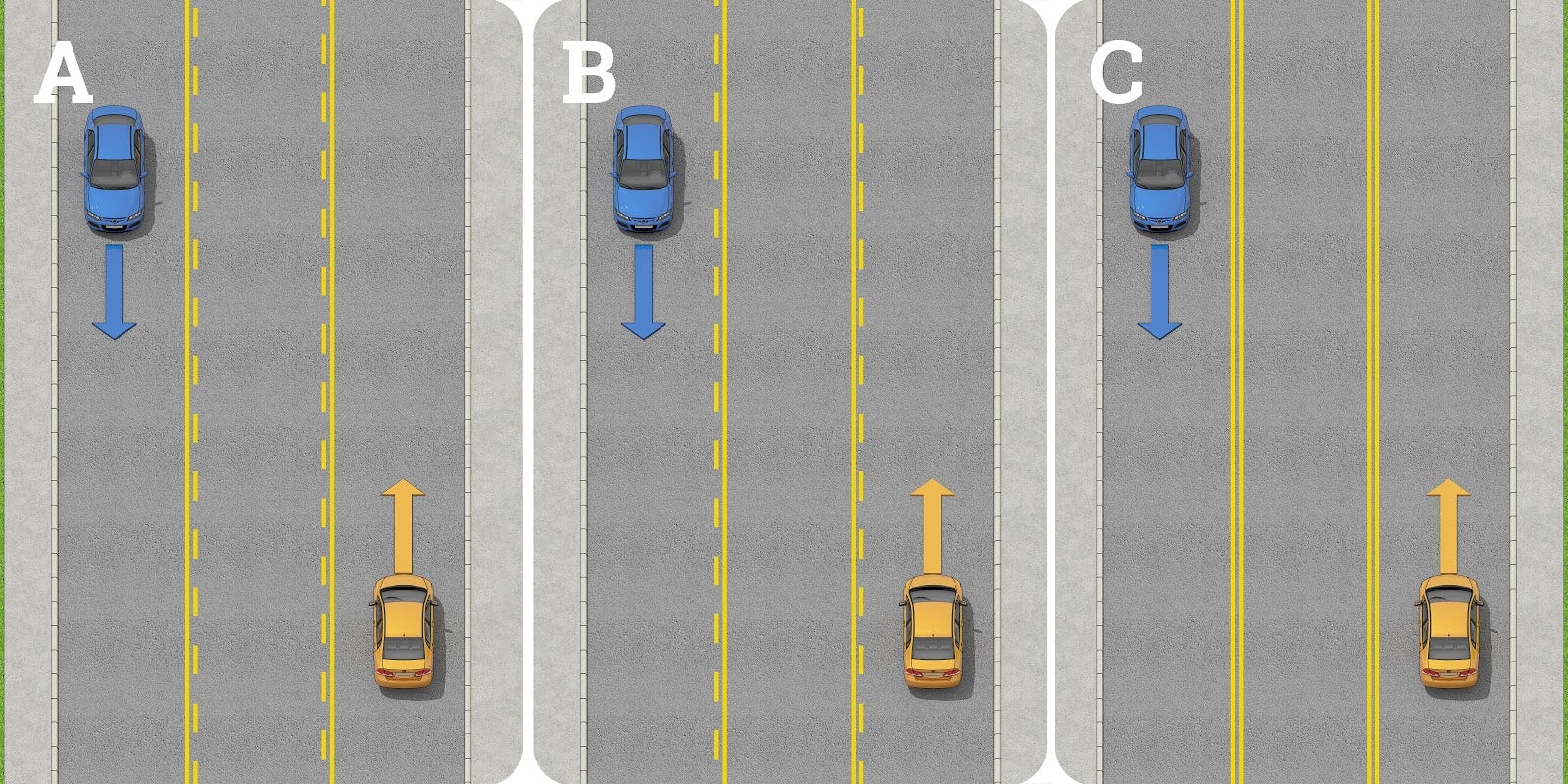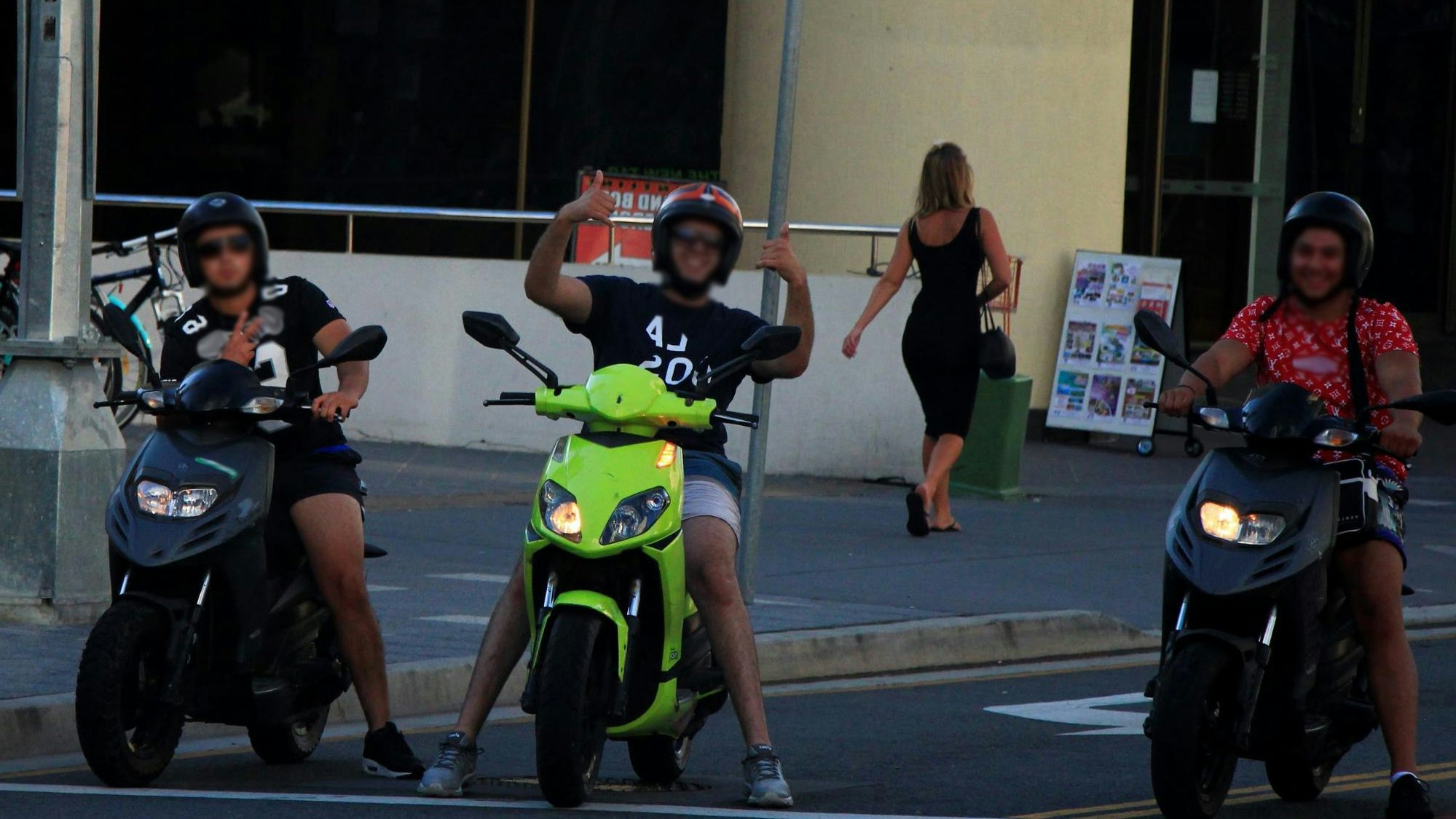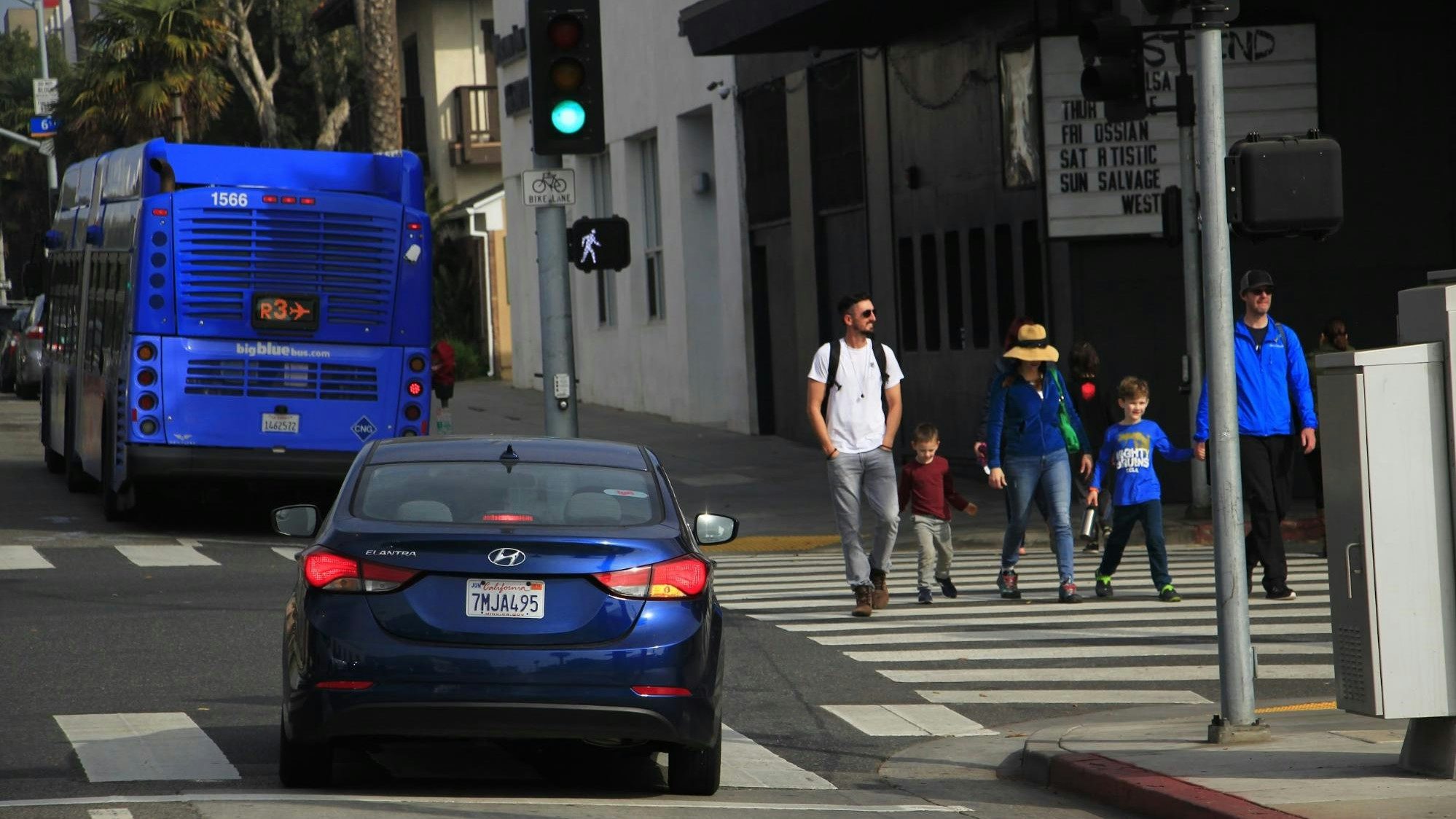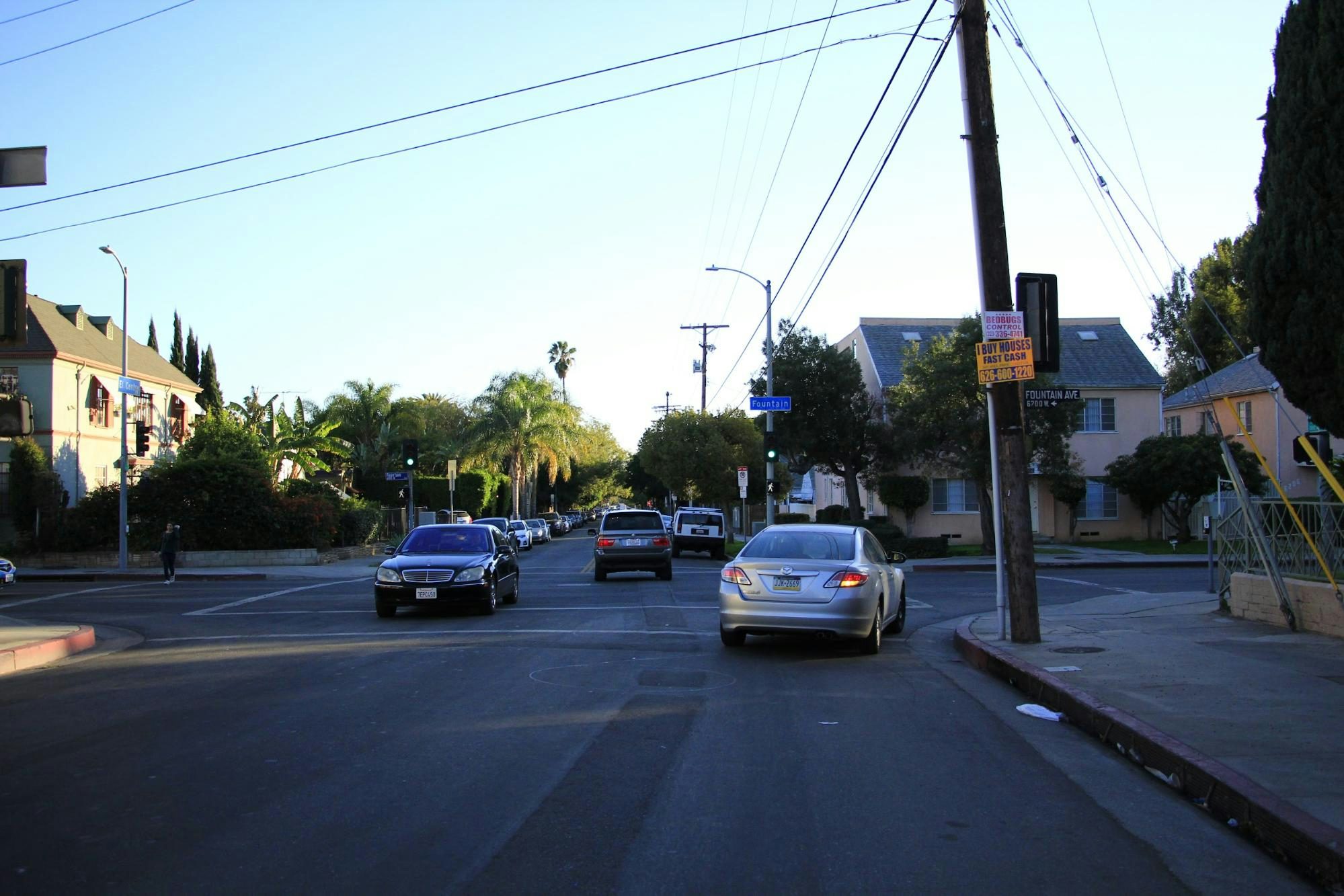California DMV Permit Test Simulator 2025
Our California DMV test simulator is designed to give you a realistic preview of the actual CA DMV permit test.
Our CA permit test simulator includes 46 questions, covering a broad range of topics you'll encounter on the real California DMV permit test. To pass, you need to answer at least 38 questions correctly. It features the same format, number of questions, and passing score as the actual exam. You may encounter questions about California-specific traffic laws, general driving safety, road signs, DUI laws, and hands-free laws. For example, did you know that California has some of the country's strictest cell phone usage laws? Understanding these laws is critical, as they are commonly tested. We regularly update our practice tests to ensure they include any new traffic laws or changes. The questions are designed by industry-leading driver's education experts, ensuring you'll be ready for the exam.
If you answer a question incorrectly, you can read an explanation as to why that answer was wrong at the end of the test. This helps you learn from your mistakes, and there is no better way to retain information quickly for the actual CA test. This will help you pass the test and enhance your knowledge of California's driving laws, making you a safer and more informed driver. With Zutobi, you can confidently approach your test day, knowing that you're well-prepared for whatever the test might throw at you.
More resources
Country

